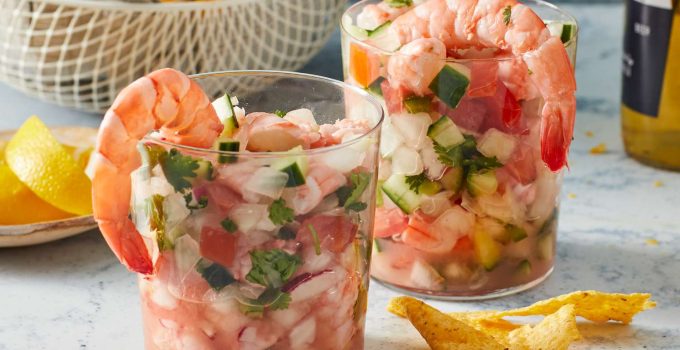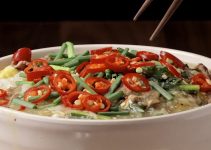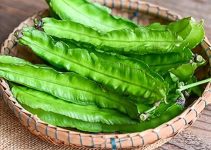Ceviche, a dish that exudes zesty freshness and vibrant flavors, has captured the hearts and taste buds of food enthusiasts around the world. Originating in the coastal regions of Latin America, particularly Peru, ceviche has become an iconic dish celebrated for its simplicity and complex taste profile. This delightful preparation typically involves marinating fresh seafood in citrus juices, combined with various herbs, spices, and vegetables to create a harmonious explosion of flavors. In this article, we will delve into the rich history, preparation methods, and cultural significance of ceviche, highlighting why this dish continues to be a favorite among culinary aficionados.
A Historical Perspective on Ceviche
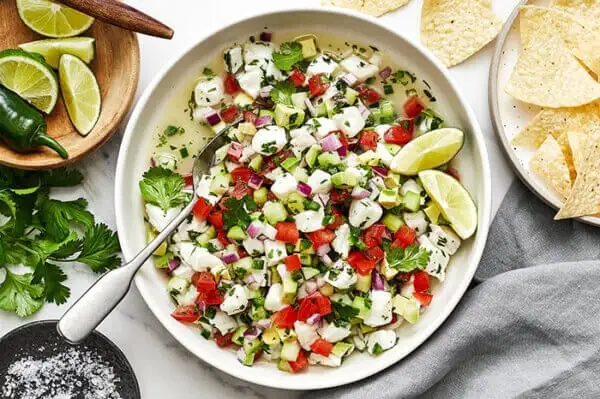
Ceviche’s origins can be traced back over 2,000 years to the coastal civilizations of South America. The Moche culture of Peru, known for their advanced fishing techniques, is believed to have been among the first to prepare a dish resembling modern ceviche. They used a fermented juice called chicha, made from maize, to marinate their catch. Over time, as trade routes expanded and new ingredients were introduced, the recipe evolved. The arrival of Spanish conquistadors brought citrus fruits such as lemons and limes to the Americas, revolutionizing the dish into the ceviche we know today.
The Art of Preparing Ceviche
At the heart of a perfect ceviche lies the quality of the ingredients. Freshness is paramount, as the dish relies on the natural flavors of the seafood and the acidity of the citrus juices. While there are numerous variations of ceviche, the core components remain consistent:
Ingredients
- Fresh Seafood: Traditionally, ceviche is made with fish like sea bass, snapper, or tilapia. However, shrimp, scallops, squid, and even octopus are also popular choices.
- Citrus Juices: The acidity from lime or lemon juice not only imparts a tangy flavor but also “cooks” the seafood, transforming its texture and taste.
- Herbs and Spices: Cilantro, garlic, and chili peppers add depth and heat to the dish.
- Vegetables: Red onions, tomatoes, and bell peppers contribute crunch and color.
- Seasonings: Salt, pepper, and sometimes a hint of cumin or oregano enhance the overall flavor profile.
Preparation Method
- Marination: The seafood is cut into bite-sized pieces and marinated in citrus juice. The acid in the juice denatures the proteins, effectively cooking the seafood without heat. This process typically takes between 15 minutes to an hour, depending on the type and size of the seafood.
- Mixing: Once marinated, the seafood is combined with finely chopped vegetables, herbs, and spices. The flavors meld together, creating a refreshing and vibrant dish.
- Serving: Ceviche is often served chilled, accompanied by corn, sweet potatoes, or plantain chips, which provide a delightful contrast to the tangy seafood.
Variations of Ceviche Across Latin America
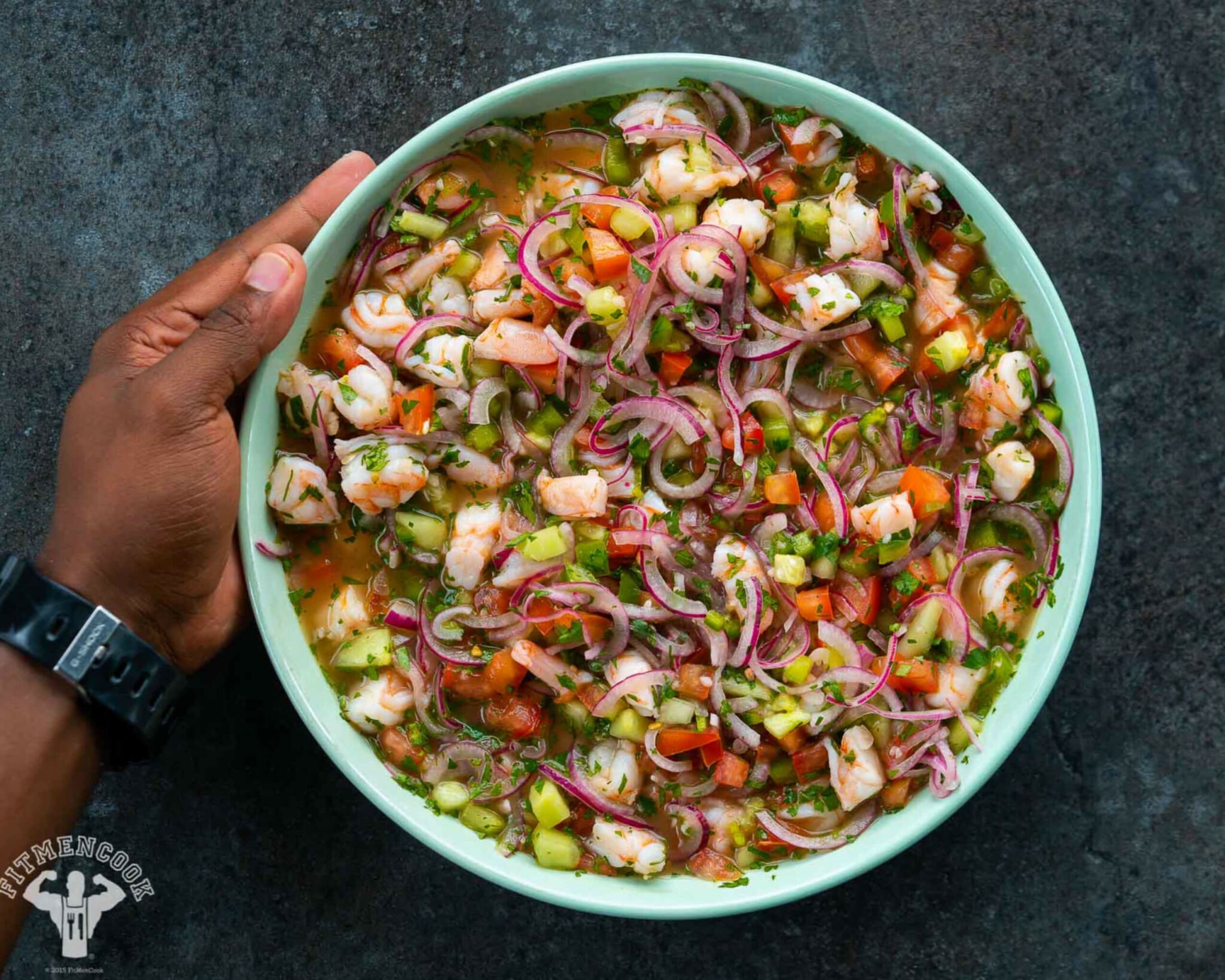
While Peru is widely regarded as the birthplace of ceviche, many countries in Latin America have their own unique take on this beloved dish:
Peruvian Ceviche
Peruvian ceviche is the most renowned and celebrated version. It typically features aji amarillo (yellow chili pepper) and is often accompanied by sides like cancha (toasted corn) and sweet potatoes. Leche de tigre, the leftover marinade, is highly prized and often consumed as a potent shot.
Mexican Ceviche
In Mexico, ceviche is commonly made with shrimp or a mix of seafood. It includes ingredients like tomatoes, cucumbers, and avocados, adding a refreshing twist. Tostadas or tortilla chips are popular accompaniments, providing a satisfying crunch.
Ecuadorian Ceviche
Ecuadorian ceviche is distinct for its use of a tomato-based sauce, giving it a richer, slightly sweet flavor. It often includes shrimp and is garnished with cilantro and red onions. Popcorn or chifles (fried plantain chips) are typical side dishes.
Costa Rican Ceviche
Costa Rican ceviche, known as “ceviche tico,” frequently features tilapia and is marinated in lime juice. It is typically served with soda crackers and can include ingredients like ginger and celery for added zest.
Nutritional Benefits of Ceviche
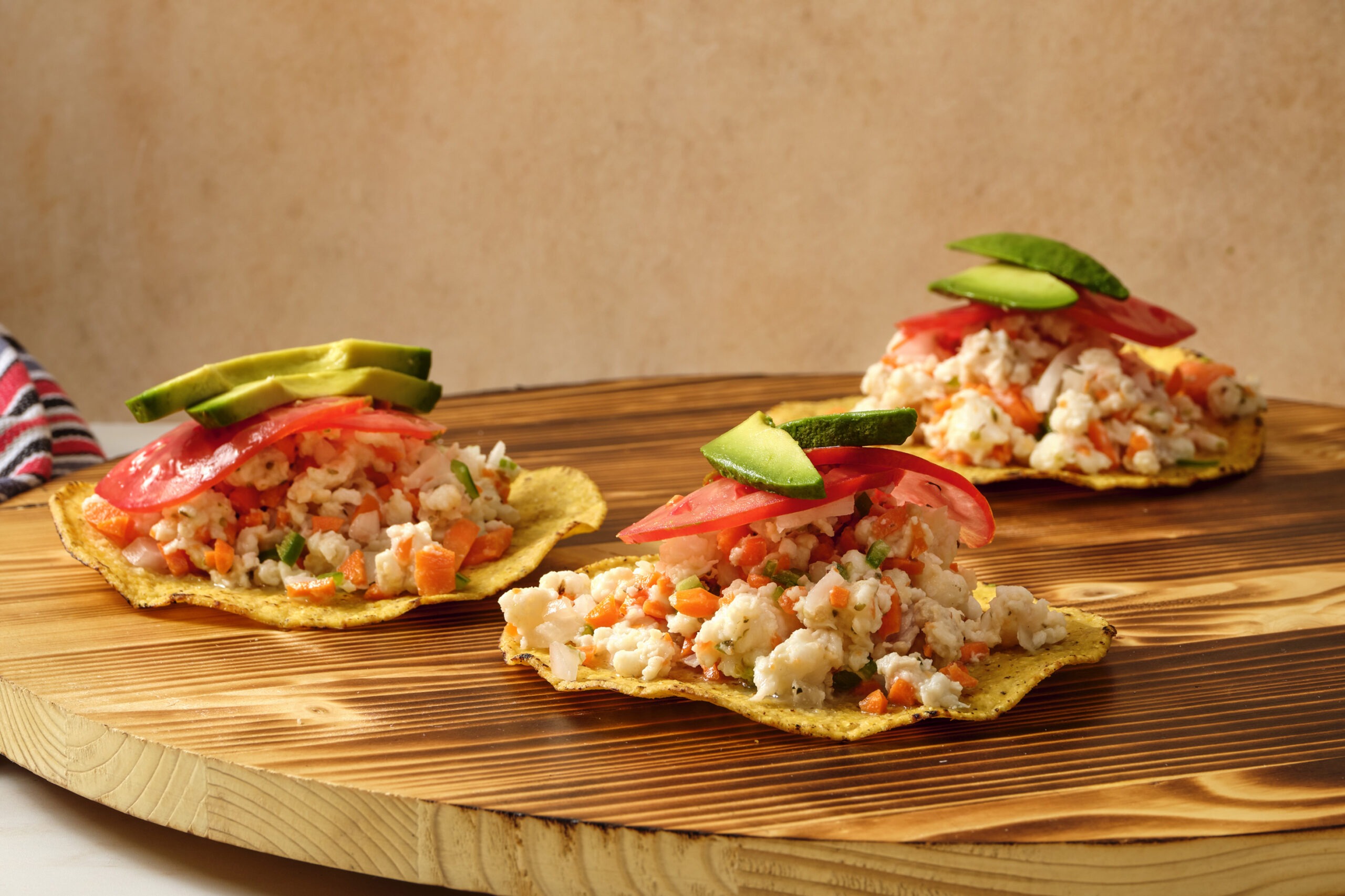
Beyond its delightful taste, ceviche offers numerous health benefits, making it a nutritious addition to any diet:
Rich in Protein
Seafood is a high-quality source of protein, essential for muscle growth and repair. A serving of ceviche provides a significant amount of protein without the added fats found in some other protein sources.
Low in Calories
Ceviche is naturally low in calories, making it an excellent option for those looking to maintain a healthy weight. The citrus marinade and fresh vegetables contribute to its light and refreshing profile.
Packed with Vitamins and Minerals
The ingredients in ceviche are rich in vitamins and minerals. For example, fish and seafood are high in omega-3 fatty acids, which are beneficial for heart health. Additionally, the citrus juices provide a good dose of vitamin C, enhancing the body’s immune function.
Antioxidant Properties
The herbs and spices used in ceviche, such as cilantro and chili peppers, are known for their antioxidant properties. These compounds help combat oxidative stress and reduce inflammation in the body.
Ceviche in Modern Culinary Culture
Ceviche has transcended its humble origins to become a global culinary phenomenon. Chefs around the world have embraced this dish, experimenting with different ingredients and presentation styles. Its versatility and vibrant flavors make it a popular choice in upscale restaurants and casual eateries alike.
Fusion Ceviche
In recent years, fusion ceviche has gained popularity, combining traditional elements with flavors from other cuisines. For example, Japanese-Peruvian fusion, known as Nikkei cuisine, incorporates ingredients like soy sauce and wasabi, creating a unique and tantalizing experience.
Vegan and Vegetarian Ceviche
As plant-based diets become more prevalent, creative variations of ceviche have emerged. Instead of seafood, ingredients like mushrooms, hearts of palm, or even fruit can be used to replicate the texture and taste of traditional ceviche. These adaptations ensure that everyone can enjoy the zesty freshness of this iconic dish.
Celebrating Ceviche: Festivals and Events
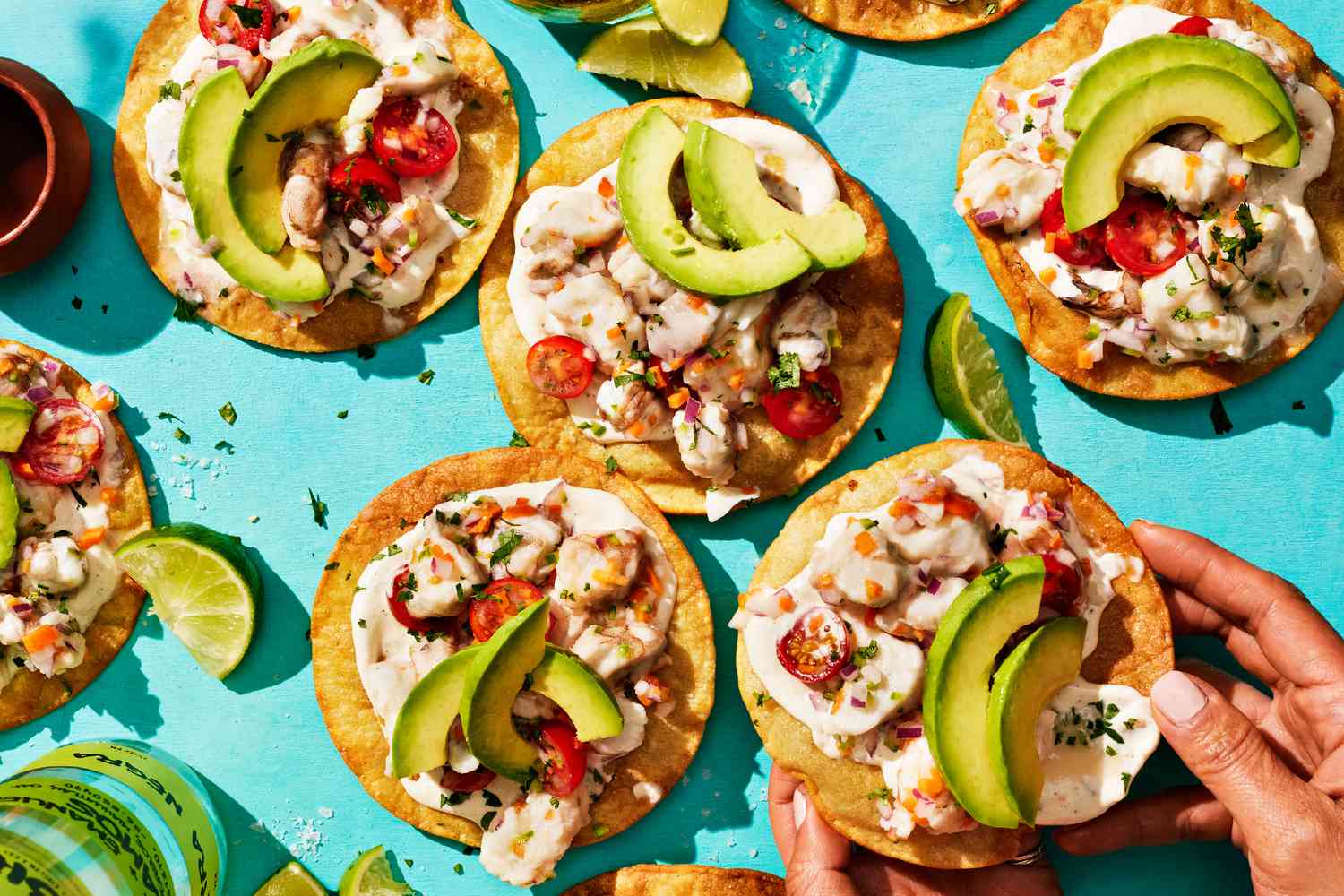
The popularity of ceviche is celebrated through various festivals and events dedicated to this iconic dish. In Peru, National Ceviche Day is celebrated on June 28th, where communities come together to enjoy and honor this culinary treasure. These events often feature ceviche competitions, tastings, and cooking demonstrations, highlighting the skill and creativity involved in its preparation.
Conclusion: The Timeless Appeal of Ceviche
Ceviche’s enduring popularity is a testament to its zesty freshness, vibrant flavors, and cultural significance. From its ancient origins in Peru to its modern adaptations in kitchens around the world, ceviche continues to captivate and delight. Whether enjoyed on a sunny beach or in a bustling urban restaurant, this dish brings a burst of linetogel flavor and a touch of tradition to every bite. So, the next time you’re looking to savor something truly special, let ceviche transport you to the coastal shores of Latin America, where the sea meets the citrus in perfect harmony.

